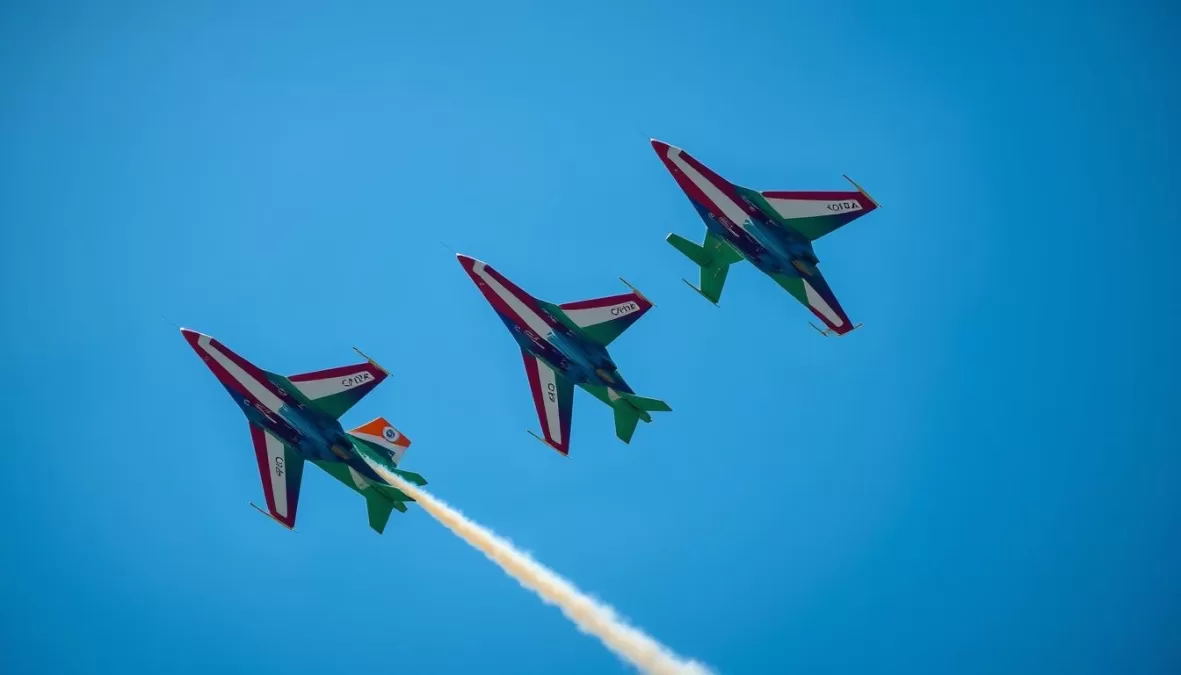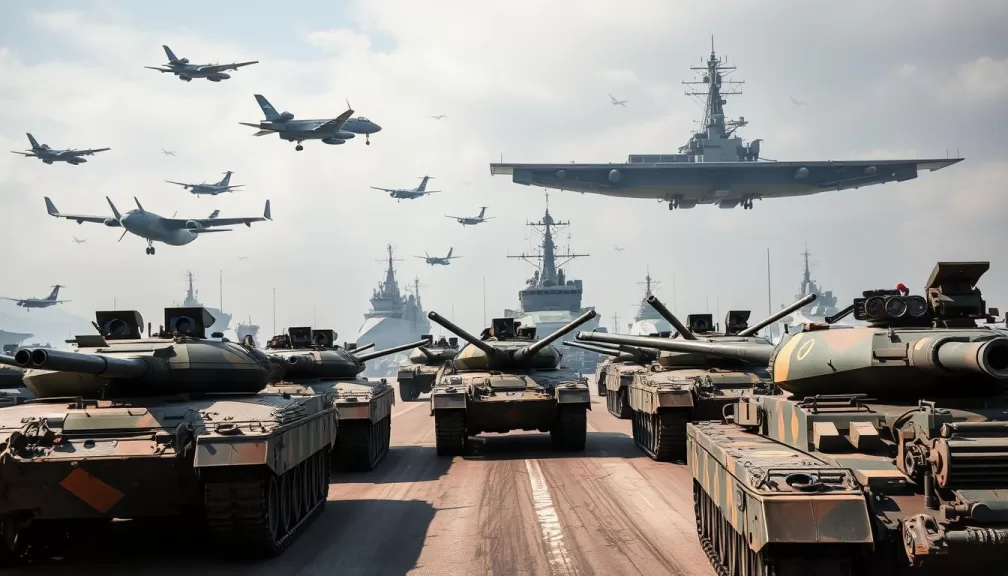India’s air power capabilities have evolved significantly over the decades, establishing the Indian Air Force (IAF) as the fourth largest air force globally. With growing regional challenges and the need to safeguard vast airspace, India has invested in modernizing its fighter jet fleet and air defence systems. This comprehensive guide explores the formidable aircraft that form the backbone of India’s aerial warfare capability and the sophisticated air defence network that protects Indian skies.
India’s Fighter Jet Arsenal: Power in the Skies
The Indian Air Force operates a diverse fleet of fighter aircraft, ranging from modern multirole fighters to aging but upgraded interceptors. These aircraft perform various missions including air superiority, ground attack, reconnaissance, and nuclear deterrence. Let’s examine the top 10 fighter jets that currently serve or will soon join India’s aerial arsenal.
1. Sukhoi Su-30MKI
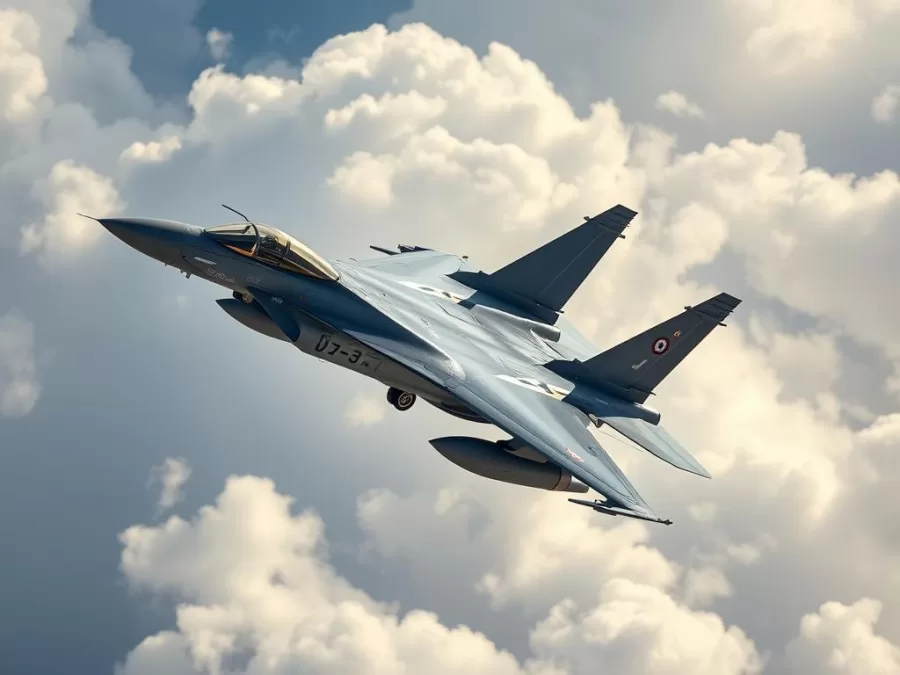
The Sukhoi Su-30MKI serves as the IAF’s primary air superiority fighter with additional air-to-ground strike capabilities. Manufactured by Hindustan Aeronautics Limited (HAL) under license from Russia’s Sukhoi Design Bureau, this twin-engine, multirole fighter forms the backbone of India’s air combat fleet.
Key Features:
- Twin-engine supermaneuverable fighter with thrust vectoring
- Maximum speed of Mach 1.9 (2,120 km/h)
- Combat radius of 1,000 km with impressive 3,000 km ferry range
- Can carry up to 8,000 kg of weapons including BrahMos supersonic cruise missiles
- Features an integrated avionics suite with Israeli, French, and Indian systems
- Equipped with powerful Bars radar capable of tracking 15 targets and engaging 4 simultaneously
Current Status:
The IAF currently operates approximately 260 Su-30MKIs, making it the largest fleet in service. These aircraft are deployed across strategic locations and form the core of India’s air defense strategy. A significant upgrade program is underway to enhance their combat capabilities with new weapons, radar systems, and electronic warfare suites.
2. Dassault Rafale
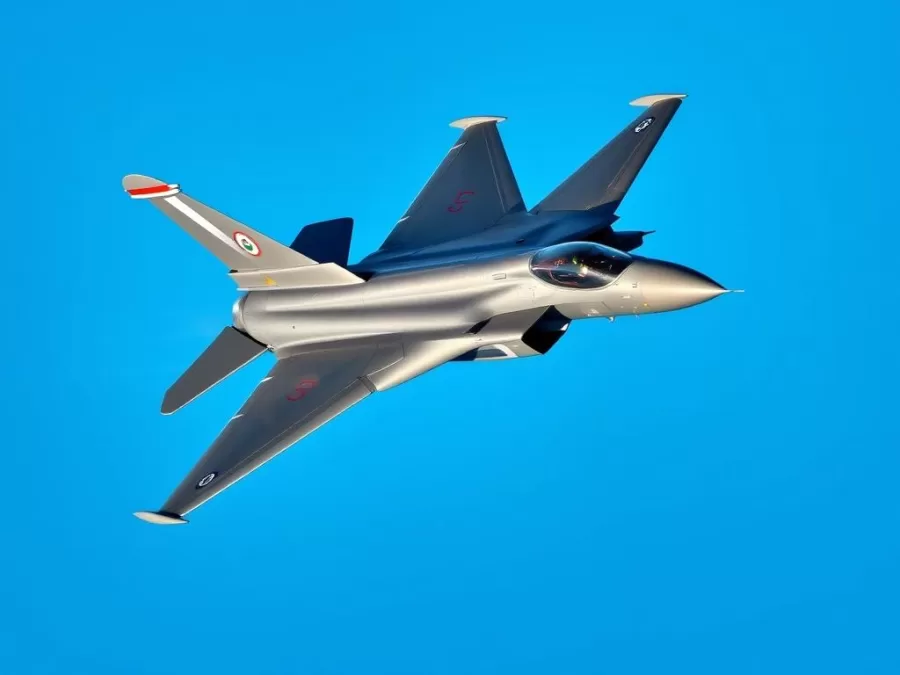
The Dassault Rafale is the latest addition to India’s fighter jet arsenal. This highly advanced twin-engine, multirole fighter aircraft was acquired from France in a deal that garnered significant attention. The Rafale has substantially enhanced the IAF’s strike and air superiority capabilities.
Key Features:
- Delta wing design with forward canards for exceptional maneuverability
- Maximum speed of Mach 1.8 (1,912 km/h)
- Combat radius of 1,850 km with air-to-air refueling capability
- Advanced AESA radar system with electronic warfare suite
- Can carry SCALP cruise missiles, Meteor beyond-visual-range air-to-air missiles
- Features SPECTRA electronic warfare system for superior survivability
Current Status:
India has received all 36 Rafale jets ordered in 2016. The aircraft are stationed at Ambala Air Force Station in Haryana and Hasimara Air Force Station in West Bengal. These strategic locations allow the Rafale to cover both the western and eastern fronts. The IAF is considering acquiring additional Rafales to strengthen its fighter fleet further.
3. HAL Tejas LCA

The HAL Tejas Light Combat Aircraft (LCA) represents India’s commitment to self-reliance in defense manufacturing. Developed by the Aeronautical Development Agency and produced by Hindustan Aeronautics Limited, this single-engine, lightweight, multirole fighter is a significant milestone in India’s indigenous aerospace capabilities.
Key Features:
- Single-engine, lightweight, delta wing design
- Maximum speed of Mach 1.6 (1,700 km/h)
- Combat radius of 500 km with ferry range of 3,000 km
- Advanced glass cockpit with hands-on throttle and stick (HOTAS) controls
- Can carry a mix of precision-guided munitions, air-to-air missiles, and bombs
- Features composite materials for 45% of its airframe, reducing weight
Current Status:
The IAF currently operates two squadrons of Tejas Mk1: No. 45 Squadron “Flying Daggers” and No. 18 Squadron “Flying Bullets.” The government has ordered 83 improved Tejas Mk1A variants, with deliveries expected to begin soon. The Mk1A features significant improvements in radar, electronic warfare capabilities, and maintainability.
4. MiG-29UPG
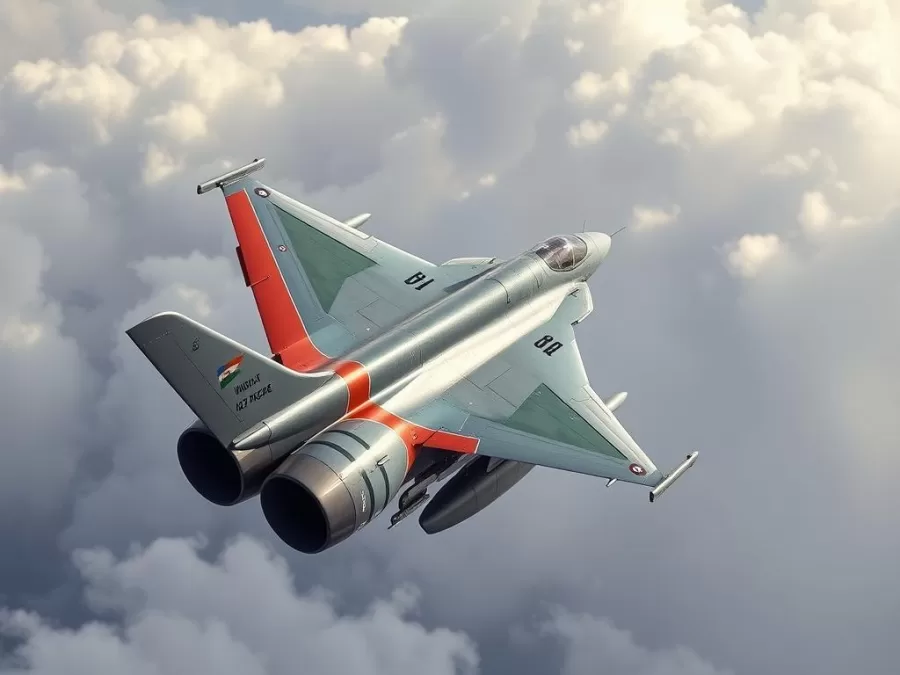
The MiG-29, known as ‘Baaz’ (Hindi for Hawk) in Indian service, is a dedicated air superiority fighter that has served the IAF since the late 1980s. The aircraft have undergone significant upgrades to the UPG standard, enhancing their combat capabilities and extending their service life.
Key Features:
- Twin-engine, air superiority fighter with excellent maneuverability
- Maximum speed of Mach 2.25 (2,400 km/h)
- Combat radius of approximately 700 km
- Upgraded with new Zhuk-ME radar and improved avionics
- Enhanced electronic warfare suite and modern cockpit displays
- Capable of carrying a wide range of air-to-air and air-to-ground weapons
Current Status:
The IAF operates approximately 69 MiG-29UPG fighters across three squadrons. All aircraft have been upgraded to the UPG standard, which significantly enhances their combat capabilities. Despite being an older design, these upgraded MiG-29s remain formidable fighters and will continue to serve for at least another decade.
5. Dassault Mirage 2000
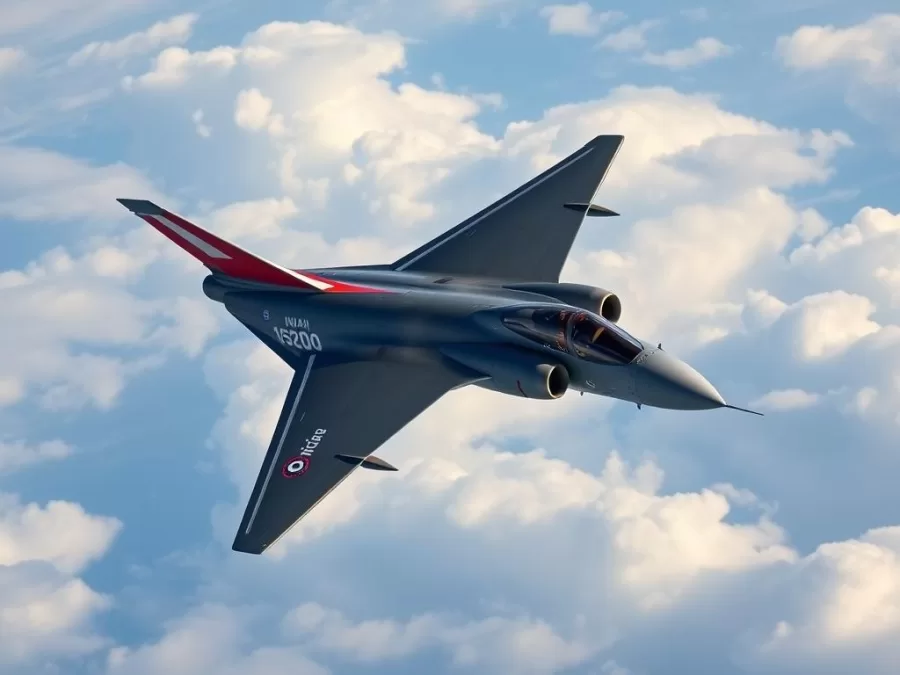
The Mirage 2000, known as ‘Vajra’ (Sanskrit for thunderbolt) in Indian service, has been one of the IAF’s most reliable fighters. These aircraft gained significant recognition for their crucial role in the 1999 Kargil War and the 2019 Balakot airstrikes, demonstrating their precision strike capabilities.
Key Features:
- Single-engine, multirole fighter with delta wing design
- Maximum speed of Mach 2.2 (2,336 km/h)
- Combat radius of approximately 1,480 km
- Upgraded to Mirage 2000-5 Mk2 standard with improved radar and avionics
- Capable of carrying precision-guided munitions including SCALP cruise missiles
- Features glass cockpit and modern mission computers
Current Status:
The IAF operates around 49 Mirage 2000s, which have been upgraded to the Mirage 2000-5 Mk2 standard with Indian-specific modifications. These aircraft are stationed at Gwalior Air Force Station and continue to serve as one of the IAF’s most trusted platforms for precision strike missions. They are expected to remain in service until at least 2030.
6. MiG-21 Bison
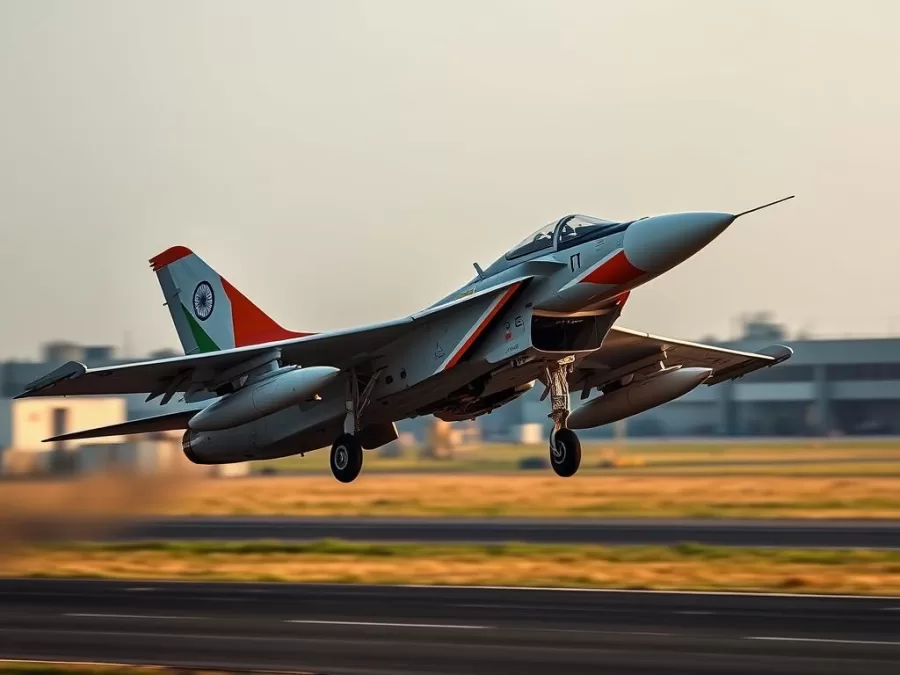
The MiG-21, despite its age, continues to serve in the IAF in its upgraded Bison variant. These aircraft have been extensively modernized with new avionics, radar, and weapons systems, transforming the basic airframe into a more capable fighter that can hold its own in modern combat scenarios.
Key Features:
- Single-engine, supersonic interceptor with delta wing design
- Maximum speed of Mach 2.1 (2,230 km/h)
- Combat radius of approximately 500 km
- Upgraded with Kopyo radar and modern avionics
- Can carry R-73 air-to-air missiles and precision-guided munitions
- Features helmet-mounted sight and glass cockpit
Current Status:
The IAF operates approximately 125 MiG-21 Bison aircraft, though the fleet is gradually being phased out. Originally scheduled for retirement between 2014-2017, their service life has been extended due to delays in acquiring replacement aircraft. The current phase-out is scheduled for completion by 2025, with the HAL Tejas intended as the primary replacement.
7. SEPECAT Jaguar

The SEPECAT Jaguar, known as ‘Shamsher’ (Sword) in Indian service, serves as the IAF’s primary deep penetration strike aircraft. These twin-engine fighters have been extensively upgraded over the years to maintain their relevance in modern warfare scenarios.
Key Features:
- Twin-engine, ground attack aircraft with low-level penetration capability
- Maximum speed of Mach 1.6 (1,699 km/h)
- Combat radius of approximately 850 km
- Upgraded with DARIN-III navigation-attack system and EL/M-2052 AESA radar
- Can carry a variety of precision-guided munitions and anti-ship missiles
- Features autopilot and terrain-following radar for low-level operations
Current Status:
The IAF operates approximately 139 Jaguars, which are undergoing the DARIN-III upgrade to extend their service life. These aircraft are primarily stationed at Ambala, Jamnagar, and Gorakhpur air bases. Despite being an older design, the upgraded Jaguars remain effective strike platforms and are expected to serve until 2030.
8. HAL AMCA (Advanced Medium Combat Aircraft)
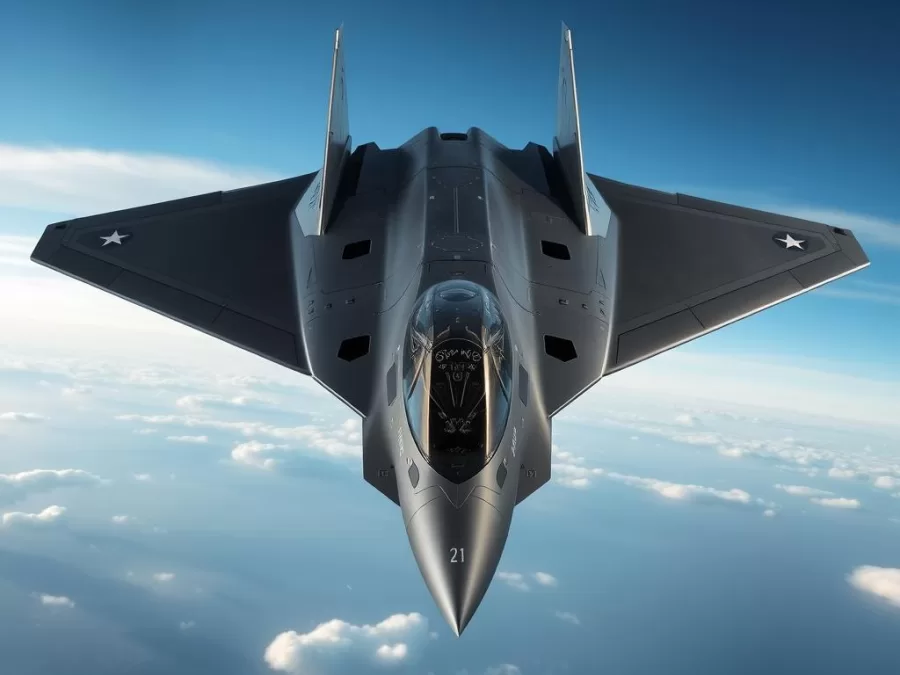
The Advanced Medium Combat Aircraft (AMCA) is India’s ambitious fifth-generation fighter aircraft program. Being developed by the Aeronautical Development Agency (ADA) and Hindustan Aeronautics Limited (HAL), the AMCA represents India’s entry into the elite club of nations capable of producing stealth fighters.
Key Features:
- Twin-engine, stealth multirole fighter with supercruise capability
- Projected maximum speed of Mach 1.8+ with supercruise at Mach 1.5
- Expected combat radius of 1,000+ km
- Planned indigenous AESA radar and advanced avionics suite
- Internal weapons bay for reduced radar cross-section
- Designed with serpentine air intakes and radar-absorbent materials
Current Status:
The AMCA is currently in the advanced design and development phase. The first prototype is expected to fly by 2025-26, with production variants potentially entering service in the early 2030s. The program aims to produce a stealth fighter with indigenous technology that can match the capabilities of other fifth-generation fighters like the F-35 and Su-57.
9. HAL TEDBF (Twin Engine Deck Based Fighter)
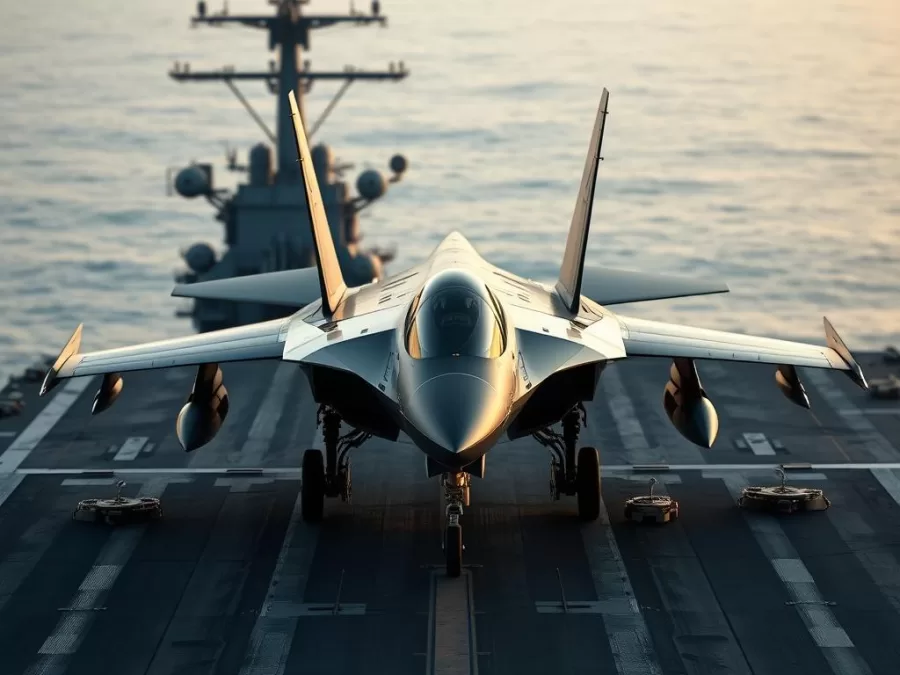
The Twin Engine Deck Based Fighter (TEDBF) is being developed by HAL to meet the Indian Navy’s requirement for a carrier-based multirole fighter. Building on experience gained from the Naval Tejas program, the TEDBF aims to provide the Indian Navy with a capable indigenous fighter for its aircraft carriers.
Key Features:
- Twin-engine, carrier-based multirole fighter
- Projected maximum speed of Mach 1.6
- Expected combat radius of 850+ km
- Designed with folding wings and strengthened landing gear for carrier operations
- Planned AESA radar and modern avionics suite
- Capability to carry a wide range of air-to-air and air-to-surface weapons
Current Status:
The TEDBF program is in the design and development phase. The first prototype is expected to fly by 2026, with production aircraft potentially entering service around 2031-32. The Indian Navy plans to acquire approximately 40-50 TEDBF aircraft to operate from its aircraft carriers INS Vikramaditya and INS Vikrant.
10. Potential Future Acquisitions
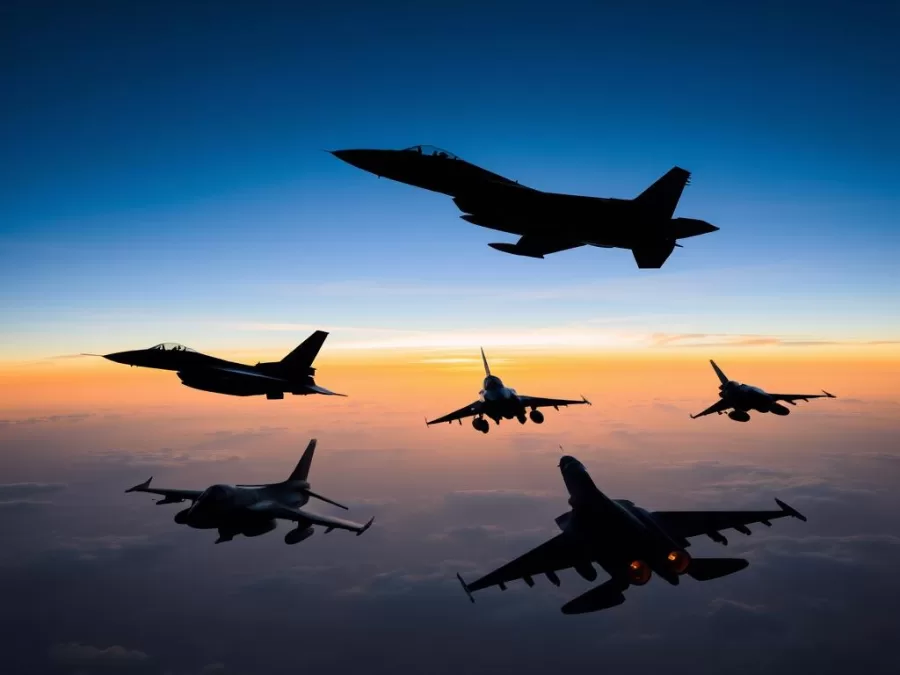
India continues to evaluate options for expanding and modernizing its fighter fleet. Several international fighters are under consideration for future acquisition, including the Boeing F-15EX Eagle II and additional Rafales. These potential acquisitions would further enhance the IAF’s combat capabilities.
Key Considerations:
- Boeing F-15EX Eagle II with its impressive payload capacity and range
- Additional Dassault Rafales to strengthen existing squadrons
- Focus on technology transfer and local manufacturing
- Integration with existing systems and infrastructure
- Long-term maintenance and upgrade potential
- Strategic partnerships and geopolitical considerations
Current Status:
The Indian government is evaluating various options for future fighter acquisitions. The focus is increasingly on “Make in India” initiatives, with preference given to proposals that include significant technology transfer and local manufacturing components. Any future acquisition will need to complement the existing fleet while addressing specific capability gaps in the IAF.
India’s Advanced Air Defence Systems
Complementing its fighter aircraft fleet, India has invested heavily in advanced air defence systems to protect its airspace from various aerial threats. These systems form a multi-layered defence network capable of engaging targets at different altitudes and ranges.
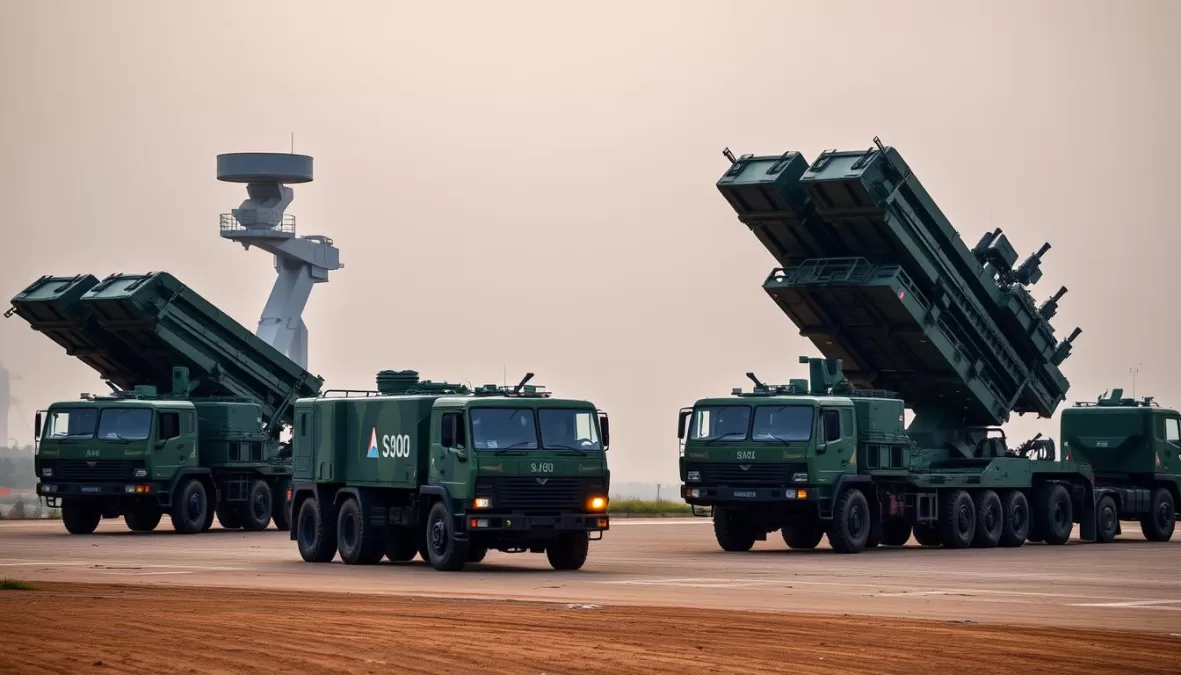
S-400 Triumf Long-Range Air Defence System
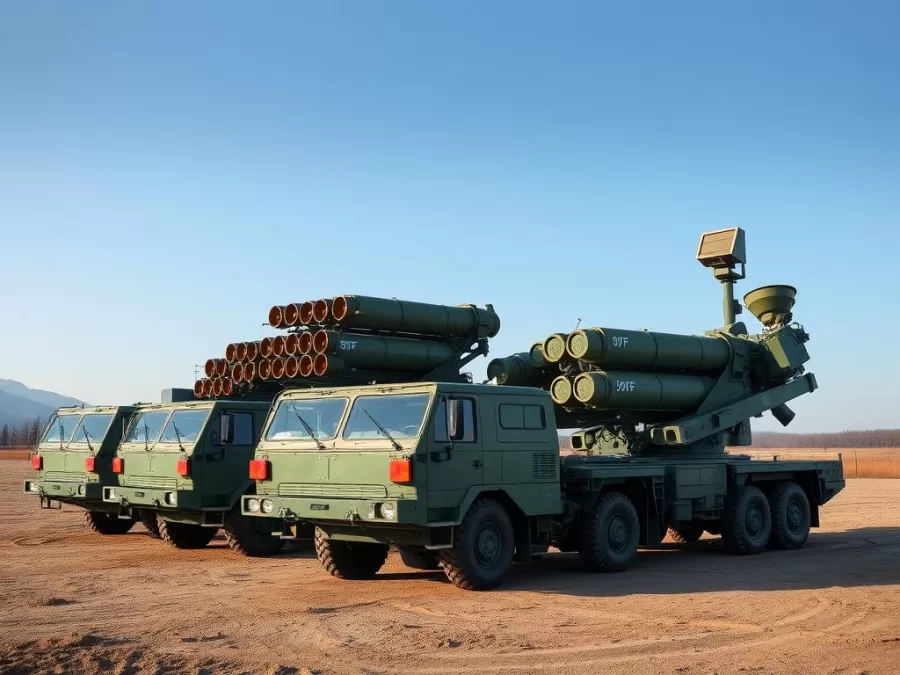
The S-400 Triumf is Russia’s most advanced long-range air defence system and represents a significant enhancement to India’s air defence capabilities. Acquired despite the threat of U.S. sanctions, the system provides India with the ability to track and neutralize a wide range of aerial threats at unprecedented ranges.
Key Features:
- Engagement range of up to 400 km for certain targets
- Can simultaneously track 160 targets and engage 80
- Capable of intercepting aircraft, UAVs, cruise missiles, and ballistic missiles
- Uses different missile types for various target profiles and ranges
- Advanced 91N6E surveillance radar with 600 km detection range
- Highly mobile system that can be deployed within minutes
Current Status:
India has received three S-400 regiments, with two more scheduled for delivery by 2026. The systems are being deployed at strategic locations to counter potential threats from neighboring countries. Each regiment consists of two batteries with eight launchers each, providing comprehensive coverage of critical areas.
Akash Medium-Range Air Defence System
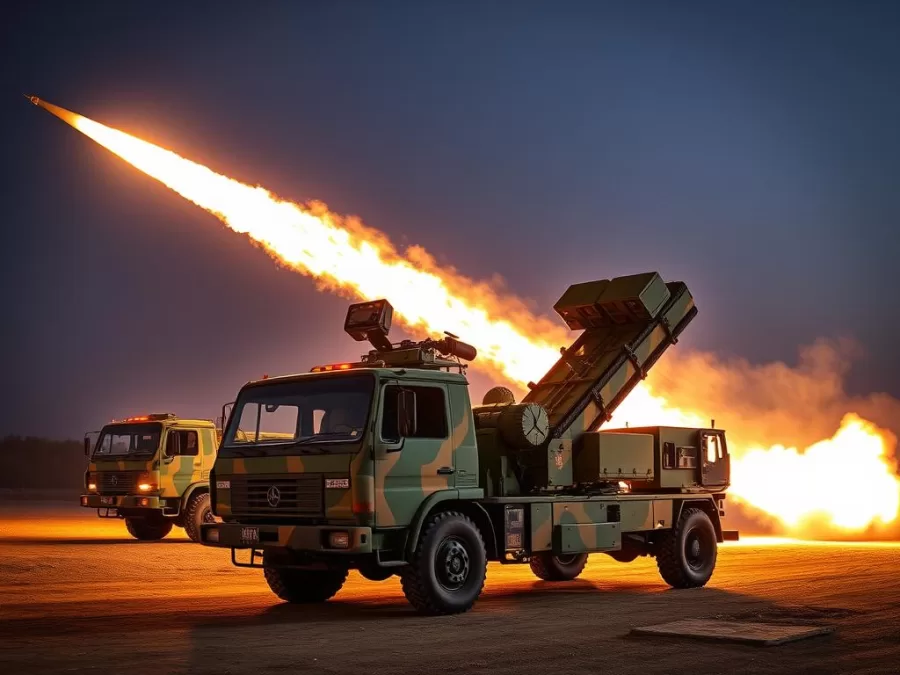
The Akash is an indigenously developed medium-range surface-to-air missile system designed and produced by the Defence Research and Development Organisation (DRDO). It represents a significant achievement in India’s quest for self-reliance in defence technology.
Key Features:
- Operational range of 25-30 km (Akash-1) and 40 km (Akash-1S)
- Can engage multiple targets simultaneously
- Capable of neutralizing aircraft, cruise missiles, and UAVs
- Uses Rajendra radar for target acquisition and tracking
- Highly mobile and can be deployed in various terrains
- Advanced version Akash-NG under development with 70-80 km range
Current Status:
The Indian Air Force operates 15 squadrons (approximately 120 launchers) of the Akash missile system. The improved Akash-1S variant has been inducted, while the next-generation Akash-NG is undergoing testing. The system forms a crucial component of India’s medium-range air defence network and is deployed at strategic locations across the country.
Ballistic Missile Defence (BMD) Program
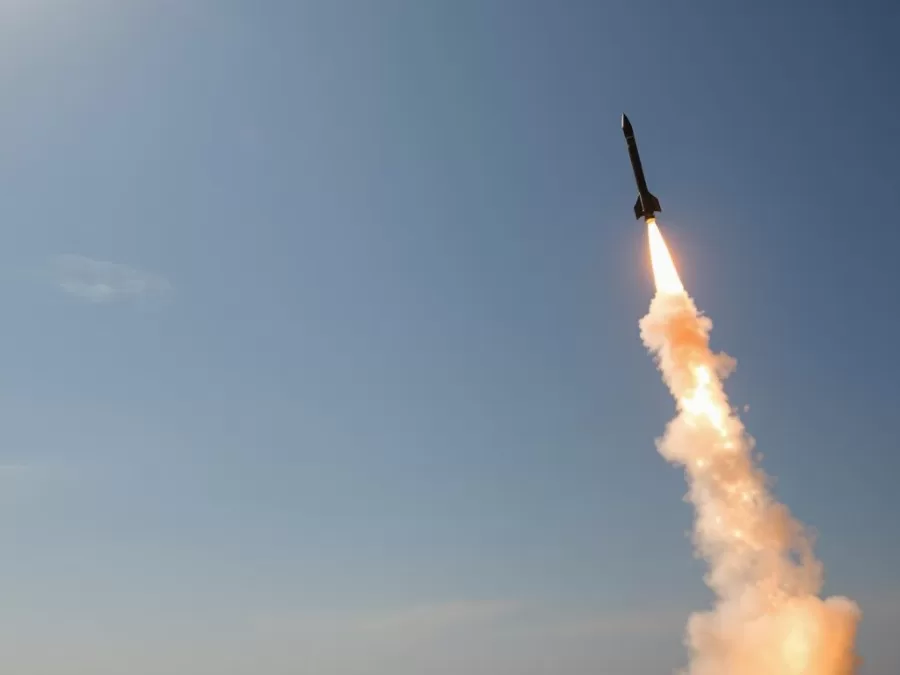
India’s Ballistic Missile Defence program is an ambitious initiative to develop a multi-layered missile defence system capable of intercepting ballistic missiles at different altitudes. Developed by DRDO, the system aims to protect India’s major cities and strategic installations from missile attacks.
Key Components:
- Prithvi Defence Vehicle (PDV) for exo-atmospheric interception (outside atmosphere)
- Advanced Air Defence (AAD) missile for endo-atmospheric interception (within atmosphere)
- Long Range Tracking Radar (LRTR) with 1,500 km range
- Fire Control Radar (FCR) for precise tracking and guidance
- Mission Control Centre (MCC) for coordinating interception operations
- Launch Control Centre (LCC) for missile launch operations
Current Status:
India’s BMD program has successfully completed multiple interception tests in both exo-atmospheric and endo-atmospheric phases. The system is being developed in two phases, with Phase I (interception of 2,000 km range missiles) nearing completion. Phase II, which aims to counter missiles with ranges up to 5,000 km, is under development. Initial deployment to protect key cities is expected in the coming years.
SPYDER Quick-Reaction Air Defence System
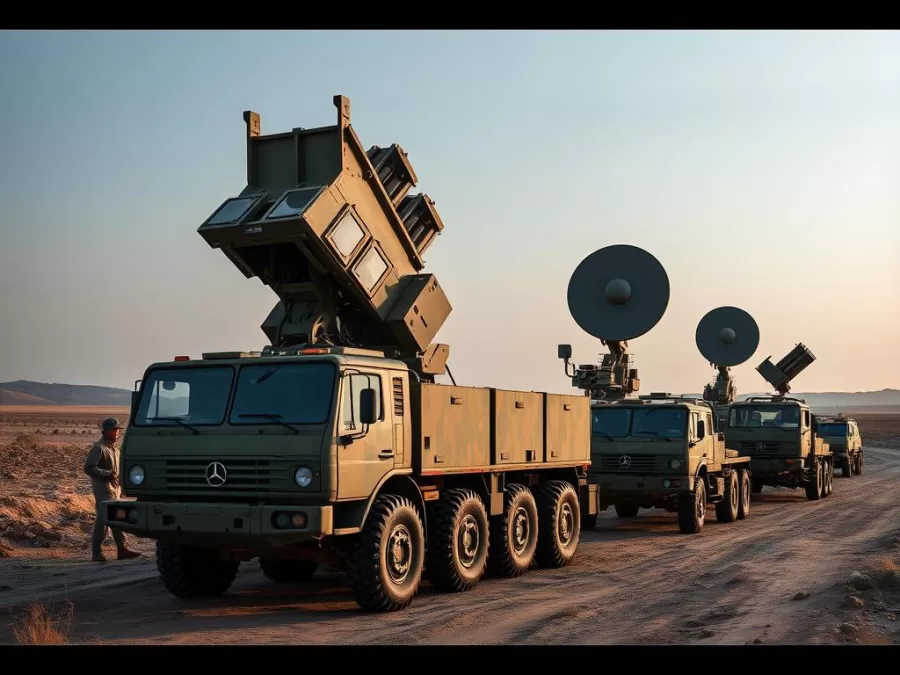
The SPYDER (Surface-to-air PYthon and DERby) is an Israeli-developed quick-reaction air defence system acquired by India to protect vital installations from aerial threats. The system provides a crucial short to medium-range air defence capability that complements India’s longer-range systems.
Key Features:
- Operational range of up to 50 km
- Uses Python-5 and Derby air-to-air missiles in surface-to-air role
- Can engage aircraft, helicopters, UAVs, and precision-guided munitions
- Features 360-degree engagement capability
- Highly mobile and can be rapidly deployed
- All-weather, day and night operational capability
Current Status:
The Indian Air Force operates 18 SPYDER batteries along with 750 Python-5 and 750 Derby surface-to-air missiles. These systems are deployed at strategic locations to provide quick-reaction air defence for critical installations. Each battery consists of one central command and control unit, six missile firing units, and a resupply vehicle.
Integrated Air Defence Network

India has been working on integrating its various air defence systems into a comprehensive network to provide seamless coverage across the country. This integrated approach enhances the effectiveness of individual systems and ensures coordinated response to aerial threats.
Key Components:
- Integrated Air Command and Control System (IACCS)
- Network of ground-based radars covering various altitudes and ranges
- Airborne Early Warning and Control (AEW&C) aircraft
- Aerostats and high-altitude surveillance platforms
- Secure communication networks for real-time information sharing
- Automated decision support systems for rapid response
Current Status:
India continues to enhance its integrated air defence network with modern sensors, communication systems, and command centers. The Air Force Network (AFNET), a robust digital information grid, forms the backbone of this integration effort. The network enables quick and accurate threat assessment and coordinated response across different air defence platforms, significantly enhancing India’s ability to protect its airspace.
The Future of India’s Air Power
India’s fighter jet fleet and air defence systems represent a formidable aerial warfare capability that continues to evolve. With a mix of Russian, French, and indigenous platforms, the Indian Air Force maintains a diverse arsenal capable of addressing various threats and operational requirements. The focus on indigenous development through programs like Tejas, AMCA, and Akash demonstrates India’s commitment to self-reliance in defence technology.
As geopolitical challenges evolve, India’s air power strategy emphasizes both modernization of existing platforms and acquisition of new capabilities. The integration of advanced fighter jets with sophisticated air defence systems creates a comprehensive aerial warfare capability that enhances India’s strategic deterrence and operational readiness.
The coming decade will likely see significant transformations in India’s air power with the induction of fifth-generation fighters, unmanned combat aerial vehicles, and advanced missile defence systems. These developments will further strengthen India’s position as a major aerospace power in the region and globally.
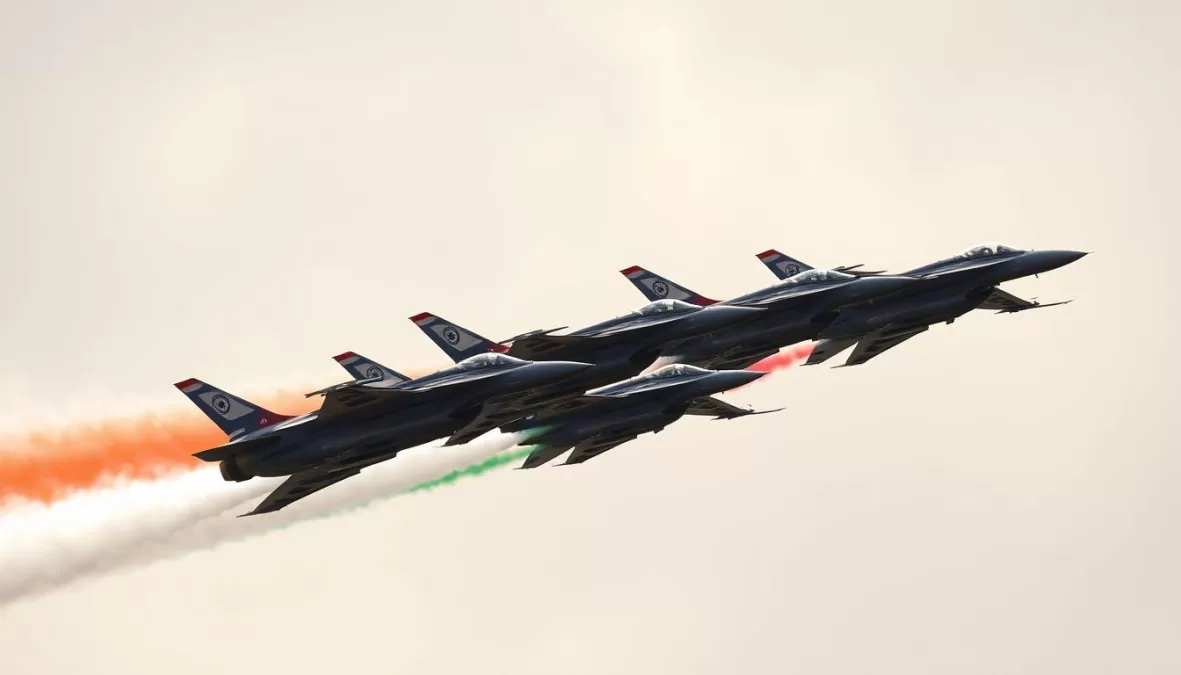
Frequently Asked Questions
Which is India’s most powerful fighter jet currently in service?
The Sukhoi Su-30MKI and Dassault Rafale are currently India’s most powerful fighter jets. The Su-30MKI offers exceptional range, payload capacity, and maneuverability, while the Rafale provides advanced avionics, weapons systems, and stealth features. Both aircraft complement each other in India’s air defense strategy, with the Su-30MKI serving as the backbone of the fleet and the Rafale providing technological edge in specific mission profiles.
How does the S-400 Triumf enhance India’s air defence capabilities?
The S-400 Triumf significantly enhances India’s air defence capabilities by providing unprecedented range and versatility. With the ability to engage targets up to 400 km away, it creates a large defensive bubble that can counter various aerial threats including aircraft, cruise missiles, ballistic missiles, and even some stealth platforms. The system’s advanced radar can track multiple targets simultaneously, allowing for coordinated defence against saturation attacks. The S-400 serves as a strategic deterrent and complements India’s existing air defence network by addressing the long-range interception requirement.
What is replacing the aging MiG-21 fleet in the Indian Air Force?
The HAL Tejas Light Combat Aircraft is the primary replacement for the aging MiG-21 fleet. The IAF has ordered 83 improved Tejas Mk1A fighters in addition to the 40 Mk1 variants already ordered. The Tejas offers modern avionics, radar, and weapons systems while maintaining the light and agile characteristics that made the MiG-21 effective as an interceptor. Additionally, other multirole fighters like the Rafale and potential future acquisitions will help fill the capability gap as the MiG-21 fleet is progressively retired by 2025.
How does India’s indigenous fighter jet development compare to international options?
India’s indigenous fighter jet development has made significant progress but still faces challenges when compared to international options. The Tejas LCA has successfully entered service and demonstrates India’s growing aerospace capabilities, though it required international assistance for critical components like the engine and radar in its early versions. The upcoming AMCA and TEDBF programs are more ambitious and aim to incorporate advanced technologies like stealth and supercruise. While these indigenous programs offer strategic advantages in terms of self-reliance and customization for Indian requirements, they typically take longer to develop and initially may not match the technological sophistication of established international fighters. However, the gap is narrowing with each new development.
What role do fighter jets play in India’s integrated air defence strategy?
Fighter jets play a crucial and multifaceted role in India’s integrated air defence strategy. They serve as the mobile and offensive component of the air defence network, complementing ground-based systems. Fighters like the Su-30MKI and Rafale can conduct combat air patrols to intercept aerial threats before they reach Indian airspace, engage enemy aircraft, and neutralize launch platforms for cruise missiles. They also provide quick reaction capability to reinforce areas where ground-based defences might be overwhelmed. Additionally, fighters equipped with advanced sensors contribute to the overall surveillance picture, while those with precision strike capabilities can conduct preemptive or retaliatory strikes against enemy air defence assets. This integration of fighter aircraft with ground-based systems creates a layered and flexible air defence architecture.

